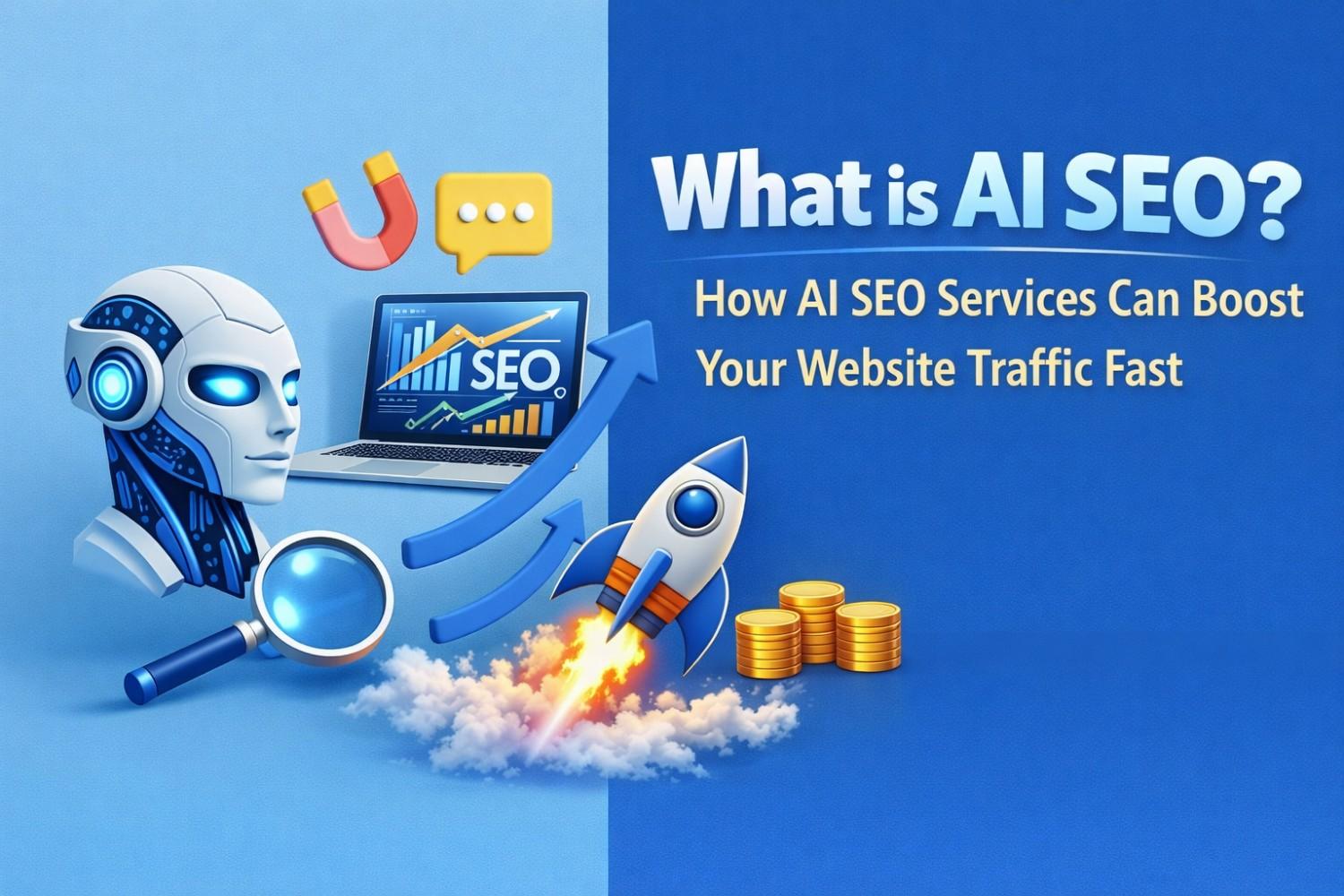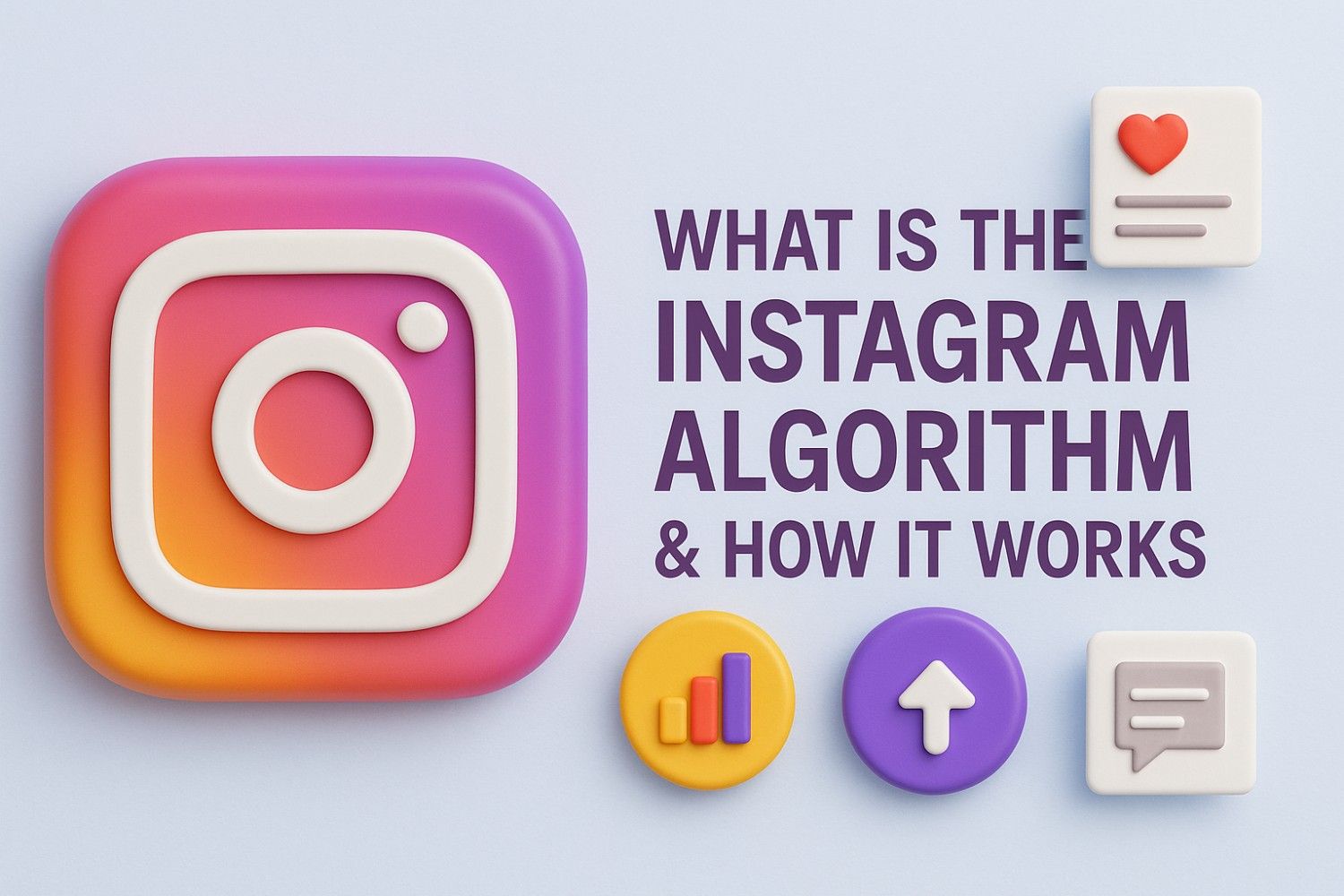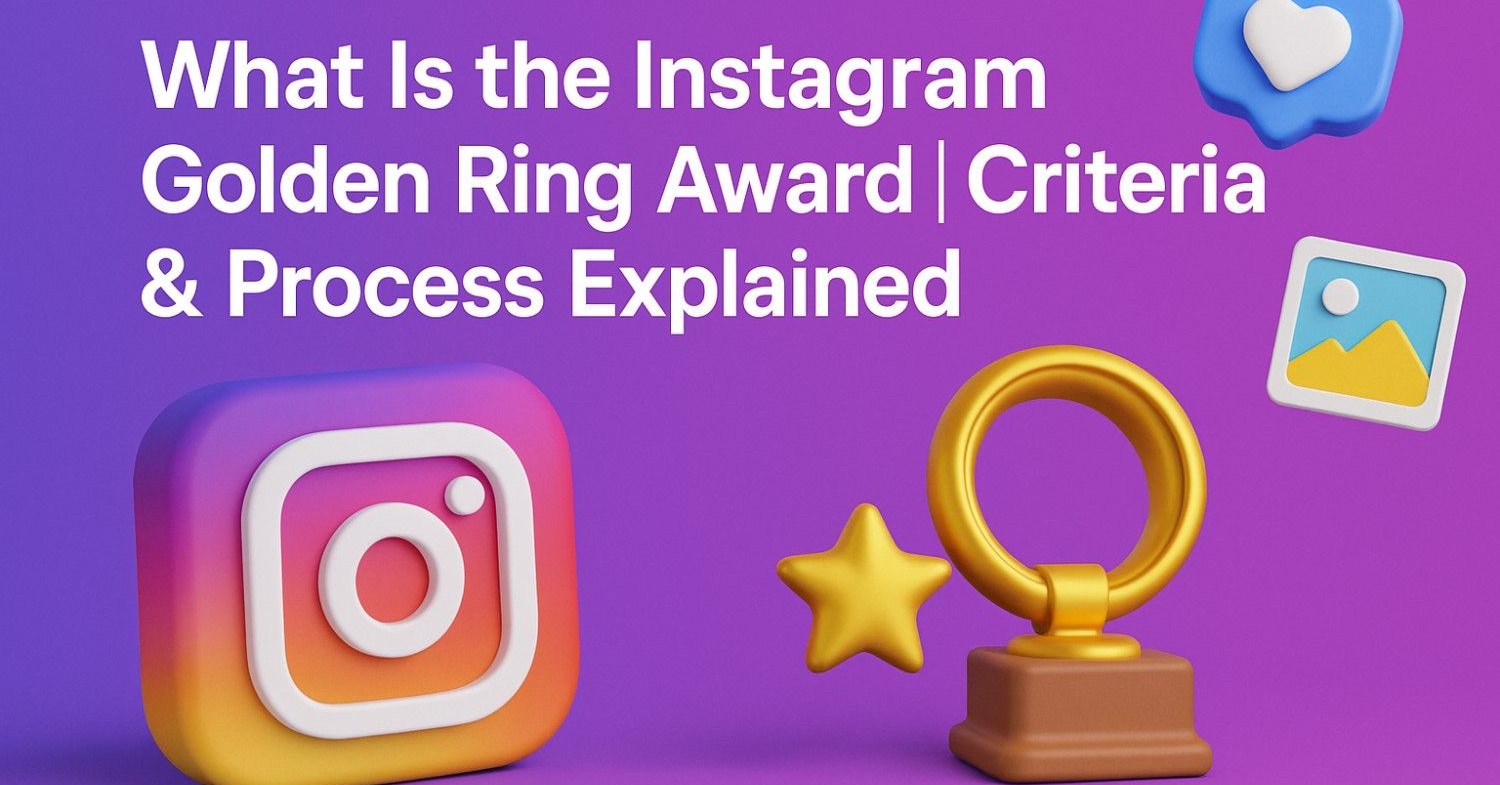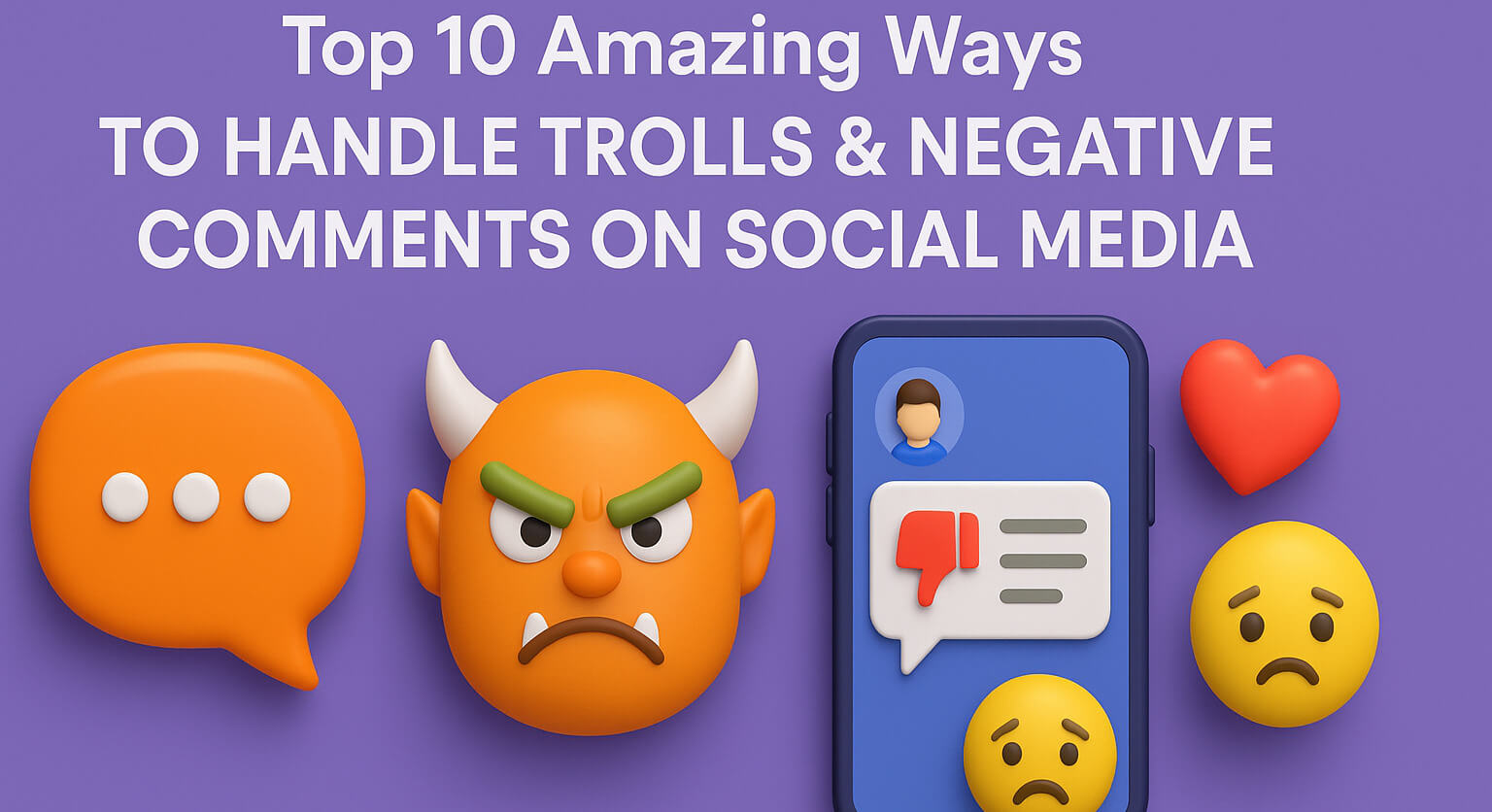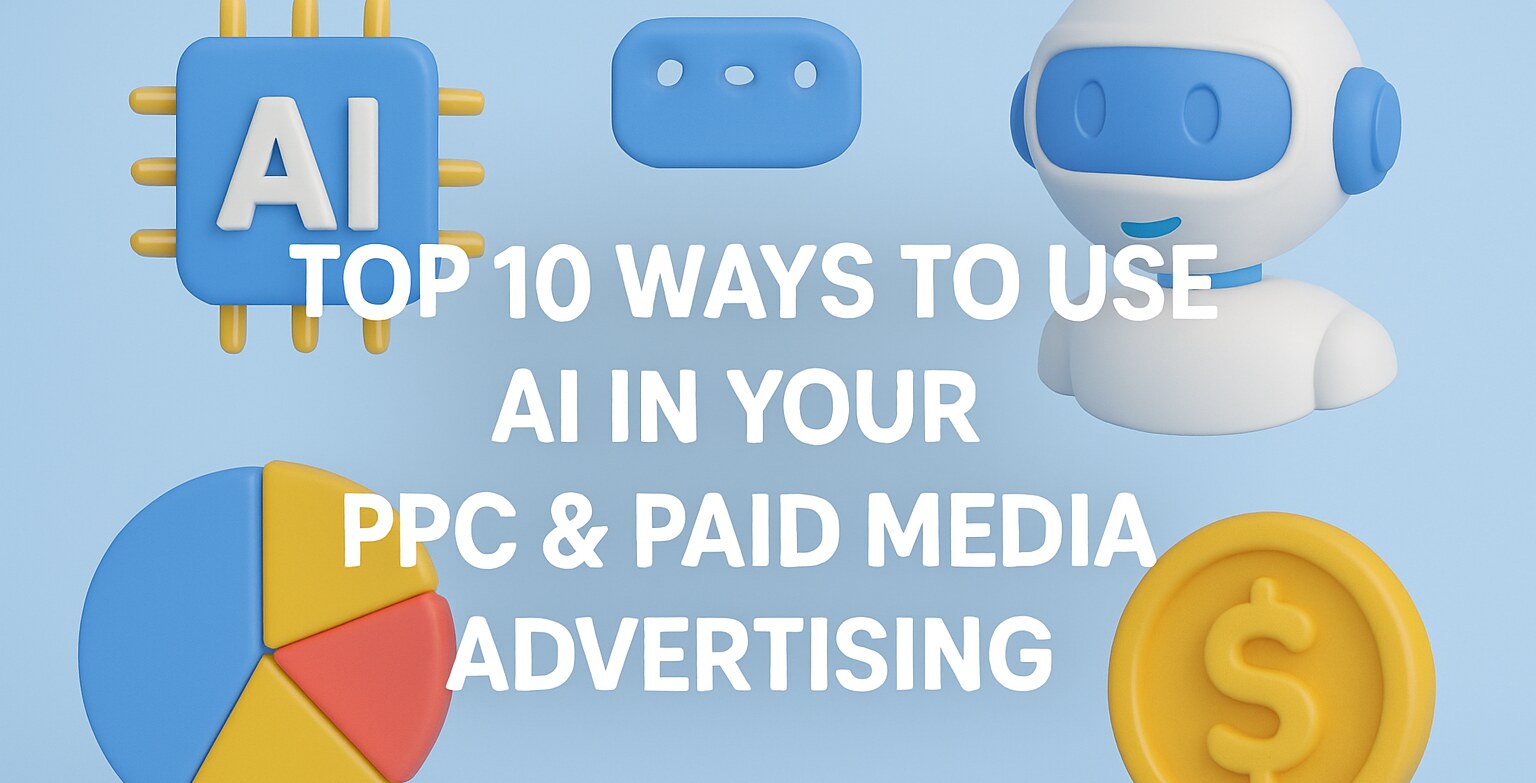
Top 10 Ways to Use AI in Your PPC & Paid Media Advertising
AI is changing how paid ads are planned and
managed. Many tasks can now be done faster with better results. Small and big
businesses are using AI to improve ad performance. But not all tools and
methods are known to everyone. Some hidden ways are often missed or ignored.
Follow these 10 powerful ways shared by the
best
digital marketing agency in Delhi how AI can improve your PPC and paid
media efforts.
1. Automated Bid Adjustments
In paid ads, bidding decisions are made
using AI tools. These tools are trained with data from past campaigns. Bid
prices are adjusted based on user actions and trends. High-value clicks are
targeted while costs are kept low. Manual bidding is replaced with smart
automated systems.
Time is saved and better results are often
seen. Market shifts are tracked without delay or effort. Ad spend is used more
wisely by these systems. Performance is improved without the need for daily
checks. Campaign goals are reached with fewer mistakes and less waste.
2. Smart Audience Targeting
With AI, audience groups are studied using
large data sets. User interests and online actions are carefully tracked and
analyzed. Ads are shown only to people who may respond. Wasted clicks are
reduced by avoiding the wrong viewers. Target groups are created based on age,
place, or behavior.
The best time to show ads is also found.
Real results are improved without extra spending or effort. Messages are made
to match what users already like. Better targeting helps in getting more clicks
and sales. Campaigns are made smarter and more focused using AI tools.
3. Ad Copy Creation
Ad copies are now written using smart AI
tools. Short and clear messages are created based on user data. Words are
chosen that match what people often search. Emotional and action words are also
added when needed. Copies are tested to see which ones work best.
Poor copies are removed and better ones are
kept. Human time is saved as less writing is needed. Messages are improved by
learning from user responses. More clicks and views are gained with better
wording. Campaigns are made stronger by using the right ad text.
4. A B Testing at Scale
Many ad versions are created and tested
using AI tools. Small changes in text or design are carefully compared. User
actions are tracked to find the best versions. Poor ads are removed and strong
ones are kept. The process is repeated to improve ad performance daily.
Human bias is avoided as choices are data
driven. Fast testing allows quick changes without wasting time. Better results
are seen with each new test round. Ads are shown based on what works best each
time. Campaigns are improved by letting AI guide these choices.
5. Budget Optimization
Ad budgets are managed better by using AI
systems. Money is shifted to ads that perform better each day. Low-performing
ads are paused or removed by the tool. Wasted spend is reduced with smart
budget control methods. Platforms like Google and Facebook are tracked together
by AI.
Results are studied and changes are made in
real time. More value is gained from the same budget amount. Spending errors
are avoided with data-driven decisions made daily. Human effort is lowered
while campaign success is improved. Profits are increased as money is spent the
right way.
6. Predictive Analytics
Future results are predicted using AI and
past data. User behavior is studied to guess what may happen next. Changes in
trends are noticed before they fully appear. Campaigns are adjusted early to
avoid wasted spending later. High-risk actions are stopped before damage is
done.
Strong chances for success are found using
smart tools. Ads are planned based on what users may soon want. Better timing
is used to launch new ad ideas. Mistakes are avoided by learning from past
patterns fast. Profits are increased because the right steps are taken early.
7. Keyword Research and Expansion
AI tools are used to find strong keyword
options fast. Search trends are tracked and studied across many platforms. New
keywords are added as user interests keep changing. Low-performing keywords are
removed without delay or confusion. Search volume and user intent are carefully
analyzed by AI.
Campaign reach is increased by using better
search terms. Costs are lowered by avoiding high-priced or weak keywords.
Keyword lists are updated often without human work needed. Right words are
chosen to match user needs more closely. Ads are shown to people searching for
the right things.
8. Ad Scheduling Enhancements
The best times to show ads are found by AI.
User activity is tracked to know peak online hours. Ads are shown when users
are most likely to click. Low-response times are avoided to save budget wisely.
Campaign data is studied to adjust schedules automatically each day. Results
are improved without changing the total budget spent.
Wasted impressions are reduced by skipping
slow traffic periods. AI tools learn and update the schedule without human
help. Time zones and user habits are also taken into account. More clicks and
sales are gained with smart ad timing.
9. Fraud Detection and Prevention
Fake clicks and views are quickly found by
AI systems. Ad traffic is studied to detect patterns linked to fraud. Bots and
fake users are removed from the campaign list. Wasted budget is saved by
stopping invalid ad activity. Real user actions are tracked to spot unusual
behavior.
Alerts are sent when fake clicks are
noticed by tools. Ad money is protected from being used the wrong way. Reports
are created to show where fraud has happened. Future attacks are blocked using
past data and smart filters. Campaign results are kept honest and free from
fake numbers.
10. Campaign Performance Reporting
Reports are by the best
Google ads management company can be created automatically using AI
reporting tools. Campaign data is collected and shown in simple formats. Key
results are highlighted to track success and failure. Time is saved as reports
need less human work. Numbers are updated in real time without any delay.
Clear charts and graphs are used to show
progress. Small problems are found early and fixed right away. Reports are
shared with teams without writing anything extra. Better choices are made based
on clean and fast reports. Campaign goals are reached more easily with smart
reporting help.


